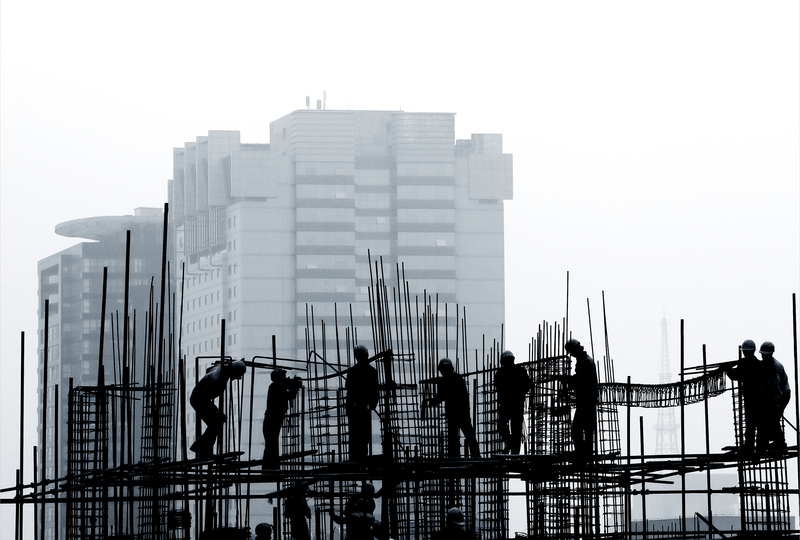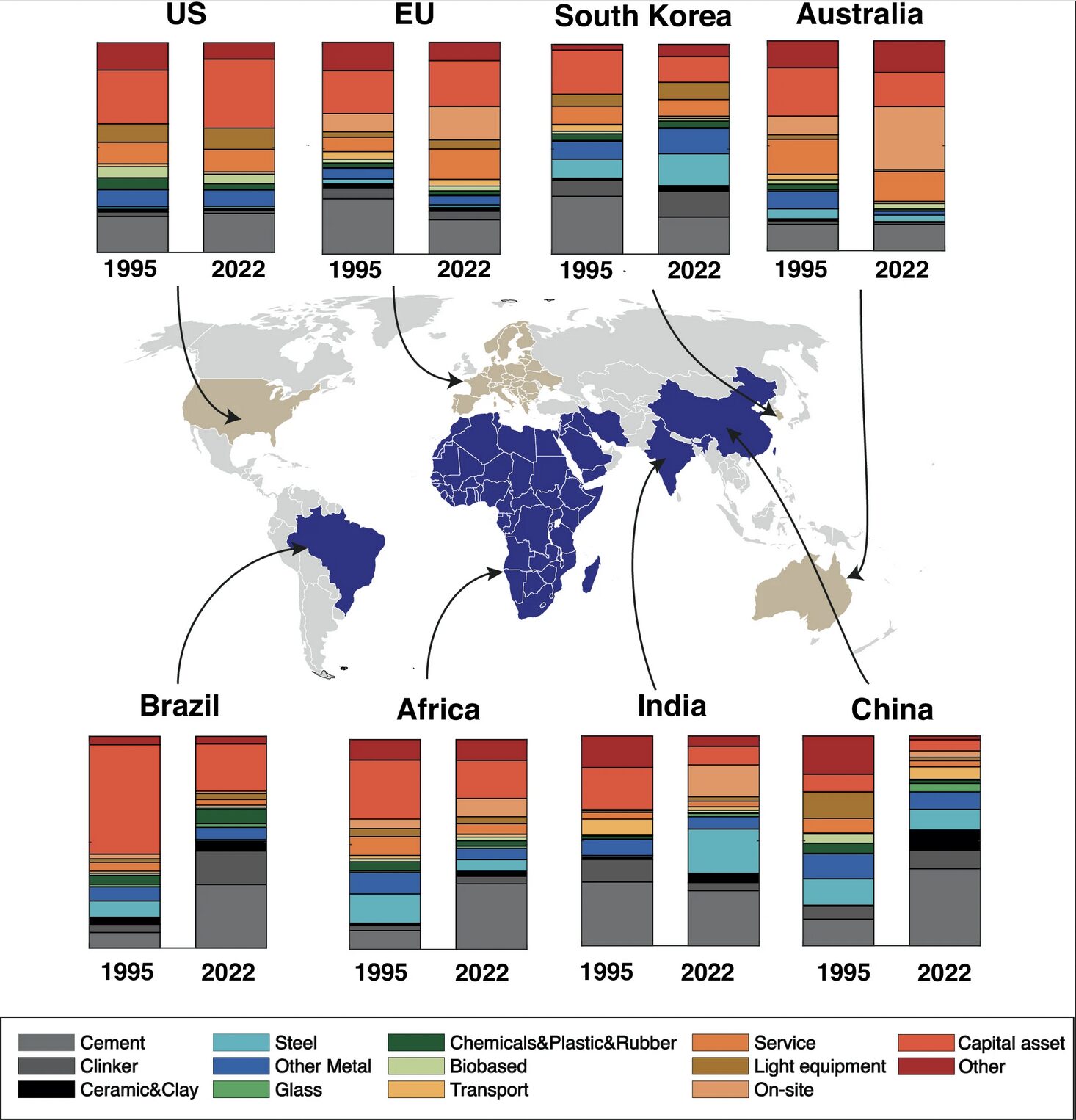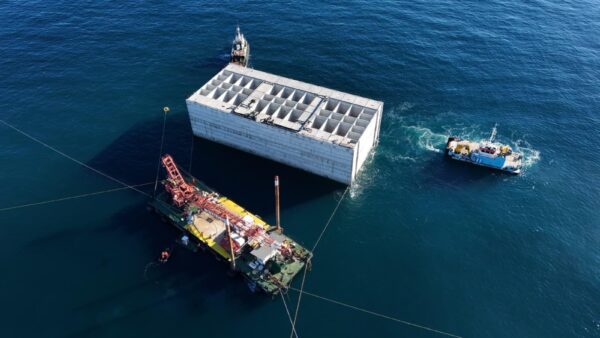
A report in the British scientific journal Nature has found that the construction industry’s global carbon footprint has doubled over the past three decades and is on track to double again between now and 2050.
Should construction continue in this vein, the building industry alone will cause the failure of the Paris Agreement’s goal of keeping global temperature rises to 1.5°C, say the authors, a team of researchers from Europe and China.
The report found that over half of the construction industry’s carbon emissions in 2022 were caused by cement-based materials, while 37% of emissions were from transport, machinery and activities on-site, with 6% from glass, plastics, chemicals and other bio-materials.
In 2022, the construction industry was responsible for 33% of total carbon emissions, up from 20% in 1995 (see image below).

Across this time period, emissions from materials have increased exponentially, where previously work or services on-site generated a higher carbon footprint.
The report notes that the emissions for construction materials in developed regions has remained relatively stable when compared to developing regions, with China’s carbon footprint increasing from 43% to 73% between 1995 and 2022, and Brazil’s reaching 57% from 28% (see image below).

The report notes that by 2050, the world’s population is predicted to rise by 80 million to 9.7 billion, which will drive residential and infrastructure building.
The report suggests a “structural transformation” is needed to force an industry steeped in “historical inertia”, with a reduction on the reliance of traditional materials like cement, steel and bricks, and the use of low-carbon materials such as alkali-based alternatives to Portland cement required to change the sector’s trajectory.
The report concludes by saying that “inaction will not only accelerate global warming but also undermine efforts to create a sustainable future for generations to come.”
You can read Carbon footprint of the construction sector is projected to double by 2050 globally here.
- Subscribe here to get stories about construction around the world in your inbox three times a week






